
Join 10k+ people to get notified about new posts, news and tips.
Do not worry we don't spam!

Post by : Anish
The summer of 2025 has taken an unexpected turn in the world of fashion. Unlike previous years where certain patterns, colors, or silhouettes dominated social media and runways, this season is witnessing a dramatic departure from collective trends. Instead of adhering to a singular style direction, the fashion landscape has fractured into countless micro-aesthetics, leaving both brands and consumers navigating uncharted waters. This shift is not merely about style; it reflects deeper societal changes shaped by economic, political, and cultural uncertainties worldwide.
For decades, the fashion industry thrived on a predictable cycle of trends. Designers dictated what was "in" and consumers followed suit. However, in 2025, the equation has flipped. Individualism, financial caution, sustainability concerns, and global instability have combined to dismantle the concept of universal seasonal trends. What does this mean for the industry, and more importantly, for the consumers who once relied on these trends to define their wardrobes?
Fashion has always been influenced by social, cultural, and economic forces. In the past, shared experiences—be it post-war optimism, technological booms, or cultural revolutions—gave rise to unified fashion statements. The 1920s flapper dresses, 1960s mod styles, or even the early 2000s low-rise jeans were not just clothing; they were symbols of a collective mindset. Today, however, shared experiences are overshadowed by fragmented realities.
The pandemic years initiated this breakdown by encouraging personal comfort and practicality over societal norms. While fashion rebounded post-lockdowns, the lingering effects of individualization persisted. Coupled with inflationary pressures, climate change concerns, and polarized global politics, consumers are prioritizing versatility and longevity over fleeting trends. As a result, there is no dominant aesthetic; instead, dozens of subcultures coexist, each appealing to a niche audience.
Social media has further accelerated this phenomenon. Platforms like TikTok and Instagram once amplified trends, but now they serve as breeding grounds for hyper-specific styles, from “cottagecore” to “techwear,” each gaining its own loyal following. This democratization of fashion means no single trend can dominate the zeitgeist.
The global economy has experienced turbulence over the last few years, marked by inflation, supply chain disruptions, and fluctuating energy costs. These economic challenges have made consumers more cautious about spending. Gone are the days of impulse shopping for trendy items that become obsolete in a few months. Today, shoppers demand durability and timelessness in their clothing choices.
Environmental awareness adds another layer to this transformation. Fast fashion, once celebrated for its affordability and trend responsiveness, is now under intense scrutiny for its environmental impact. With climate-related disasters making headlines regularly, consumers feel a moral responsibility to reduce waste. This sentiment has driven a surge in thrift shopping, rental services, and investment in higher-quality garments that can withstand multiple seasons.
Brands, in turn, are struggling to strike a balance between producing enough variety to appeal to diverse tastes and minimizing overproduction to meet sustainability goals. The traditional model of forecasting seasonal trends and manufacturing in bulk no longer fits the new reality.
While social media platforms have revolutionized fashion marketing, they have also contributed to its current fragmentation. In previous decades, magazines and designers dictated trends; now, influencers and content creators wield that power. However, unlike centralized fashion authorities, influencers cater to highly specific audiences, creating a fractured ecosystem of micro-trends.
For instance, a Gen Z consumer in Los Angeles might be obsessed with "Y2K nostalgia," while a millennial in Tokyo prefers minimalist silhouettes inspired by Japanese streetwear. Both styles thrive simultaneously on different corners of social media, making it impossible for a single aesthetic to dominate globally. As a result, consumers feel empowered to experiment and embrace personal expression rather than conform to a prescribed trend.
This decentralization is both liberating and overwhelming. On one hand, it allows for unprecedented creativity and inclusivity in fashion. On the other, it creates a sense of "trend fatigue," where consumers feel bombarded by endless micro-trends that rise and fall within weeks.
The absence of a dominant trend does not mean fashion has lost relevance; rather, it signifies a shift toward authenticity. In 2025, personal style reigns supreme. Consumers are curating wardrobes that reflect their identities, lifestyles, and values rather than chasing fleeting aesthetics. This has led to a growing emphasis on investment pieces, capsule wardrobes, and versatile garments that transcend seasons.
Retailers and brands are adapting by offering customization options and focusing on storytelling. Instead of marketing products as part of a seasonal trend, brands now emphasize craftsmanship, sustainability, and the emotional connection consumers have with their clothing. This approach aligns with the modern shopper's desire for meaning and value in every purchase.
The "summer without trends" is not a temporary phenomenon; it signals a permanent transformation in the fashion industry. Traditional trend forecasting may become obsolete as personalization and niche communities dominate the landscape. Brands that fail to adapt risk irrelevance, while those embracing diversity and sustainability are likely to thrive.
Technology will play a critical role in this evolution. From AI-driven personalization tools to virtual try-ons, tech innovations will enable brands to cater to individualized preferences without overproducing. Additionally, circular fashion models—such as resale platforms and clothing rental services—will gain traction as consumers seek to balance style with sustainability.
The challenge for the industry lies in maintaining excitement and innovation in a world where trends no longer unify consumers. Fashion will need to find new ways to inspire creativity without relying on the old formula of dictating seasonal must-haves.
The opinions expressed in this article are intended for general informational purposes and do not represent professional fashion advice. Readers should make style and purchasing decisions based on personal preferences and circumstances.
Fashion 2025, Personal Style, Sustainable Fashion



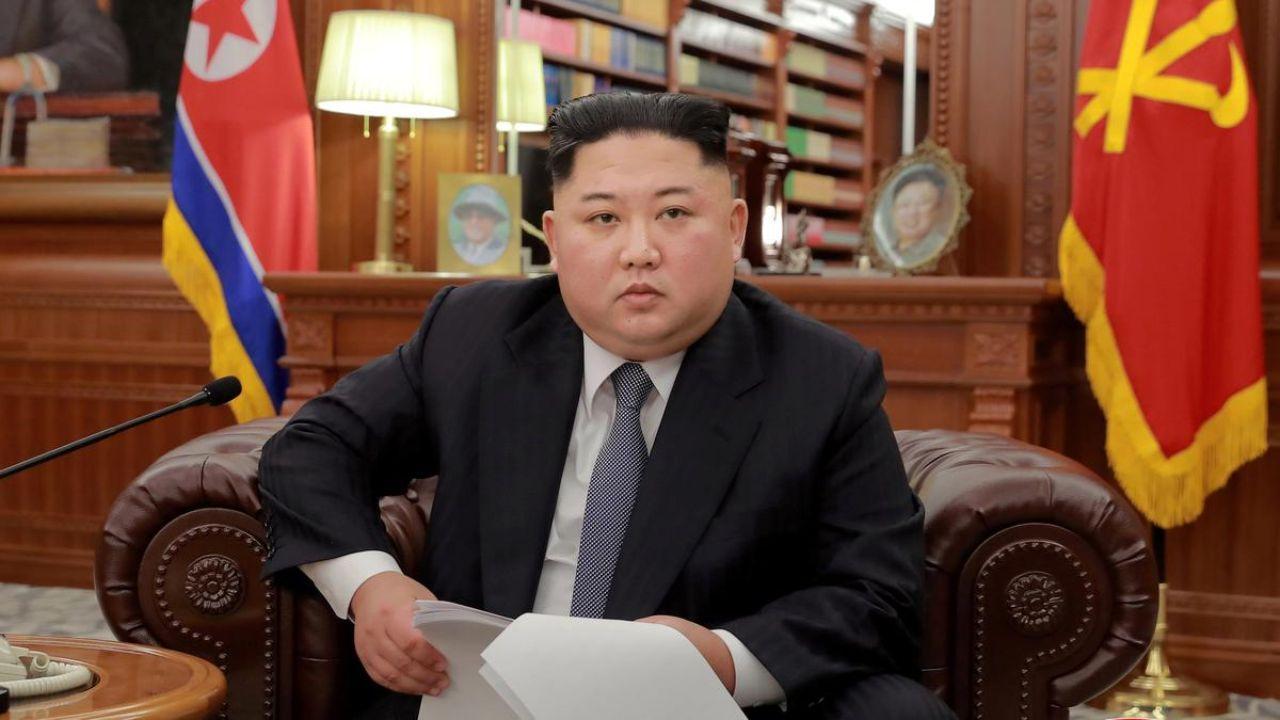
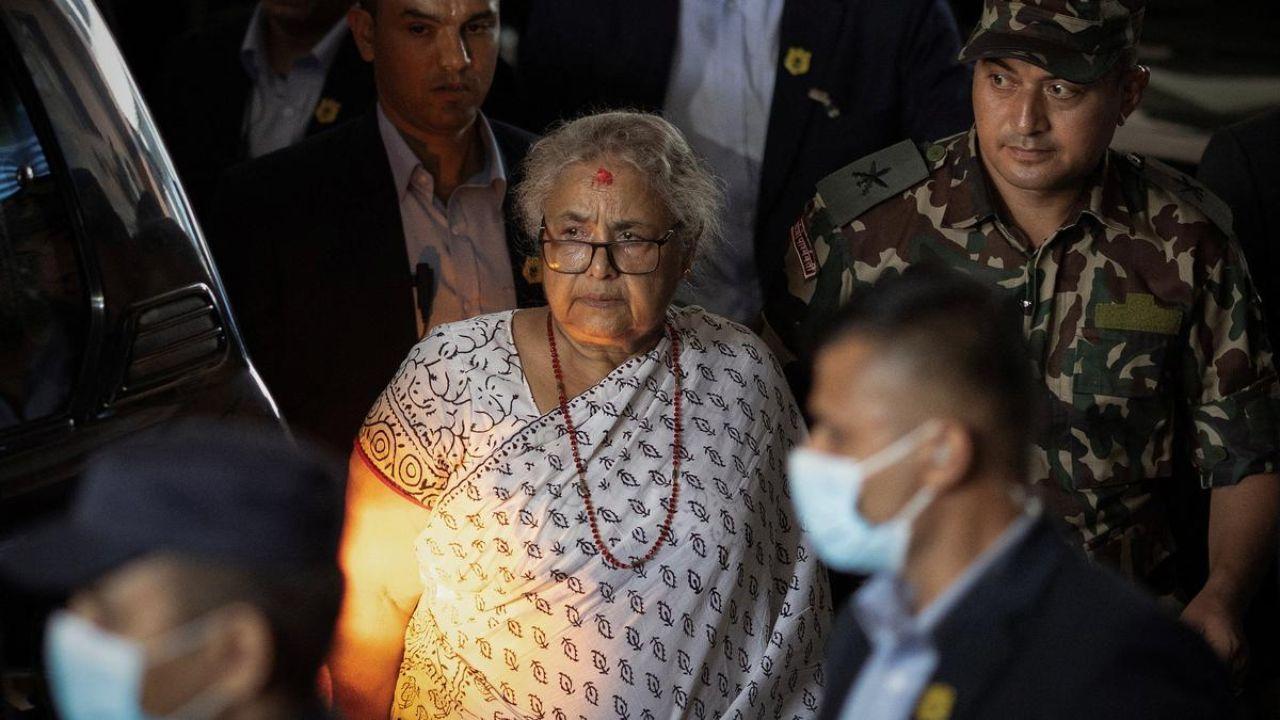
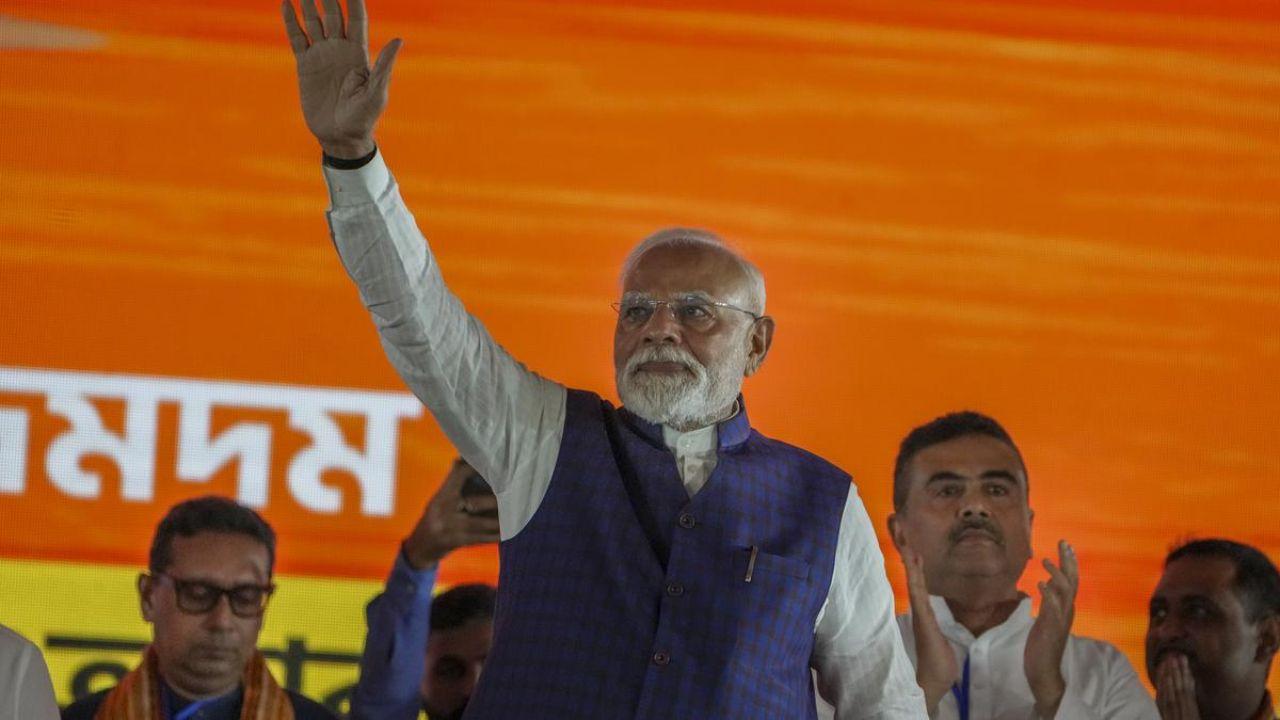
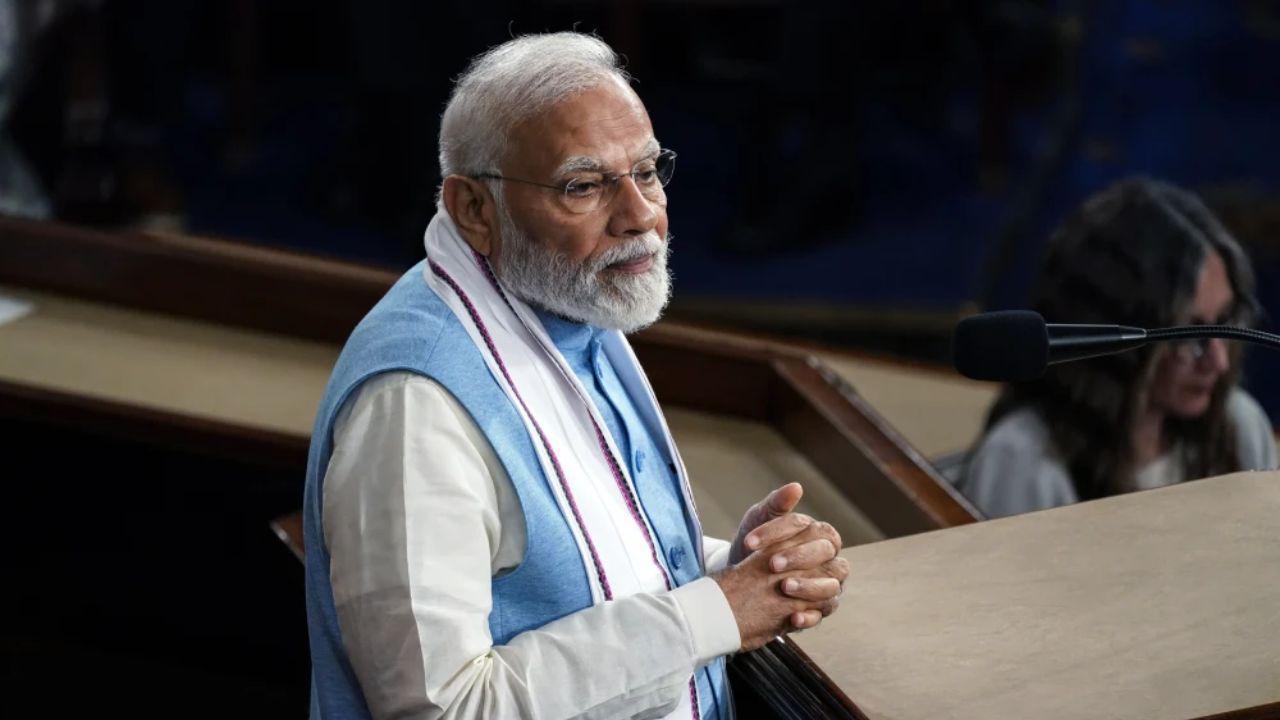
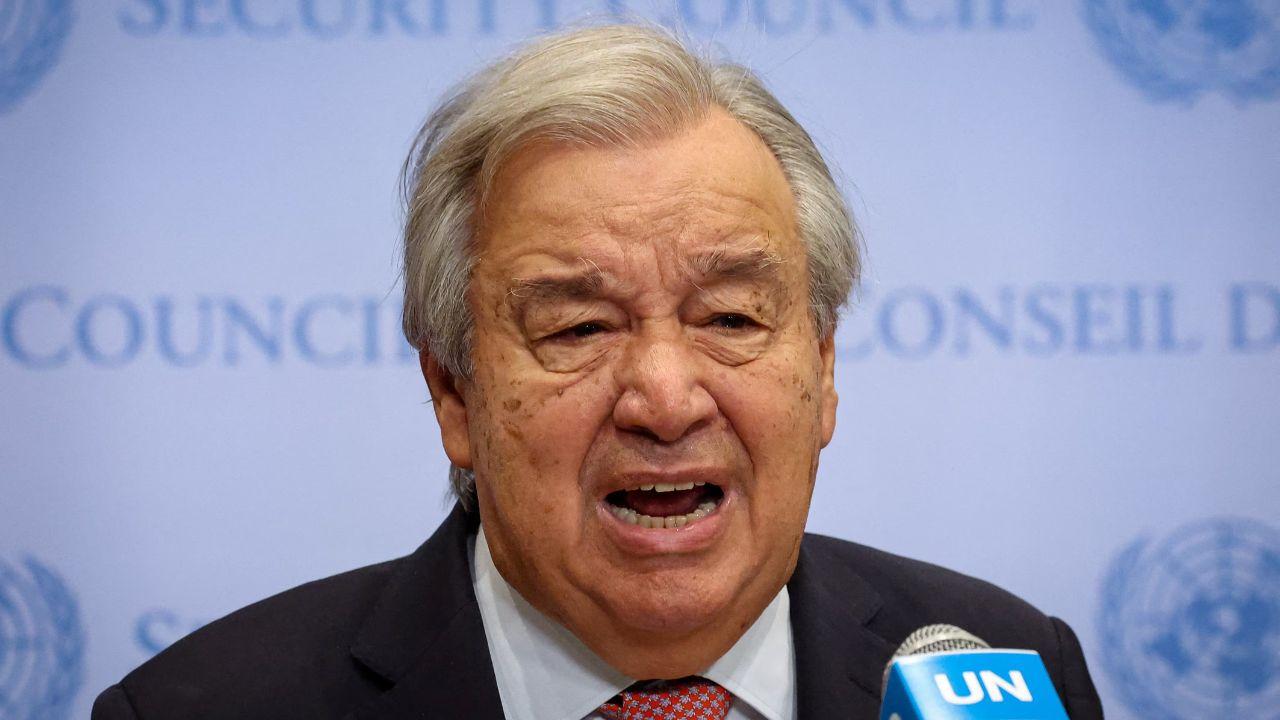


Jaismine Lamboria Wins World Boxing Gold for India
India’s Jaismine Lamboria claimed World Boxing gold, while Nupur Sheoran earned silver and Pooja Ran

Sri Lanka beat Bangladesh by 6 wickets in Asia Cup 2025 opener
Sri Lanka started their Asia Cup 2025 campaign with a six-wicket win over Bangladesh, powered by Nis

PM Modi Lays ₹6,300 Crore Projects in Assam Criticizes Congress
PM Modi accuses Congress of backing infiltrators, lays ₹6,300 crore health and infrastructure projec
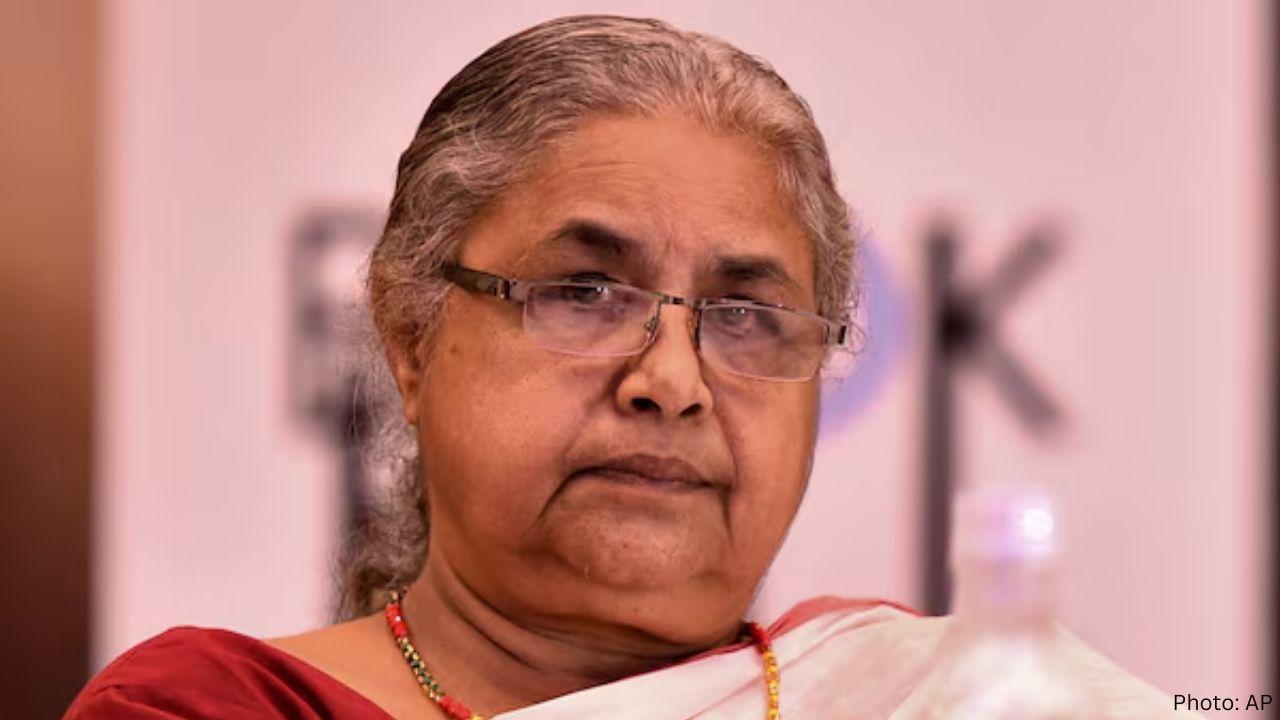
Sushila Karki Becomes Nepal’s First Woman Prime Minister
Eminent jurist Sushila Karki, 73, becomes Nepal’s first woman prime minister after Gen Z protests to

Netanyahu gambled by targeting Hamas leaders in Qatar. It appears to have backfired
Netanyahu’s airstrike on Hamas leaders in Qatar failed, hurting global ties, angering allies, and ra

Esha Singh Wins Gold in 10m Air Pistol at ISSF World Cup 2025 India Shines
Esha Singh secures India’s first gold at ISSF World Cup 2025 in Ningbo, beating top shooters in a th